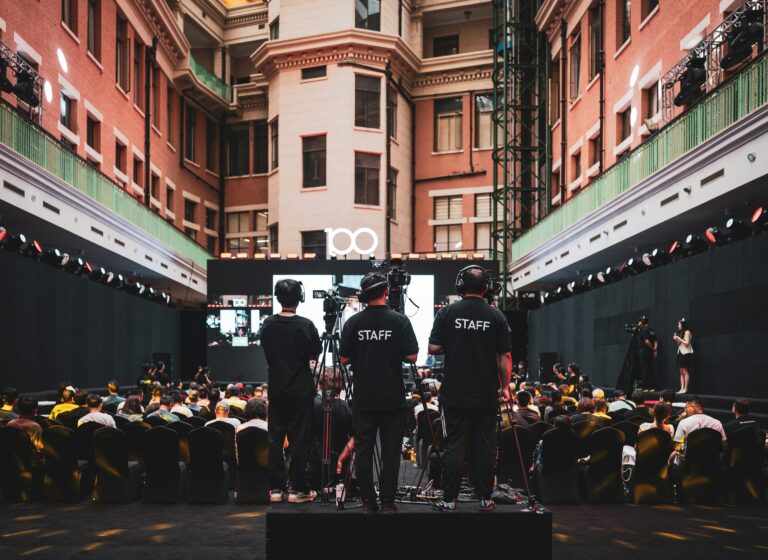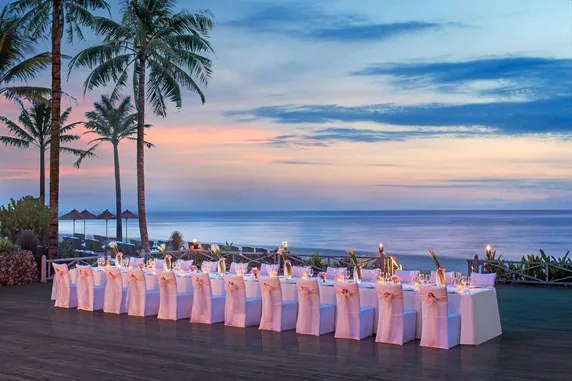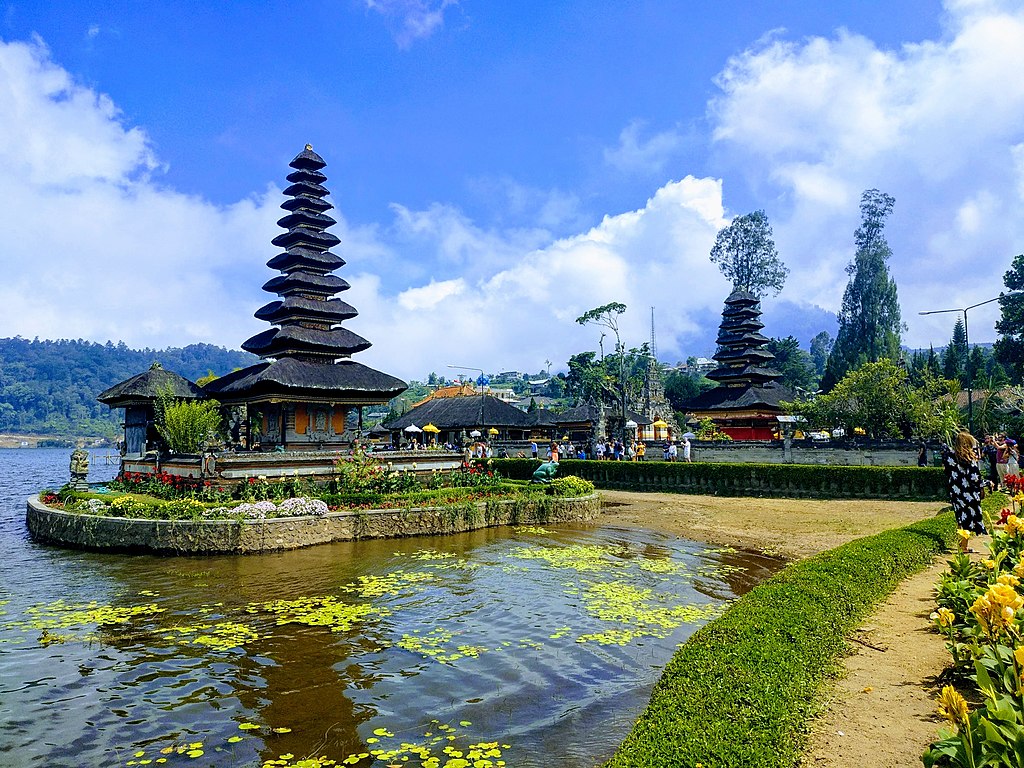
The Event Industry Outlook 2026: 7 Shifts You Can’t Ignore
by The DMC Collective
Prologue: a sober boom
After years of volatility, the event industry in 2026 is entering a sober boom. Demand is back, but so is scrutiny. The winners won’t be those with the loudest stages; they’ll be those with the clearest outcomes. From London to Singapore, Munich to Tokyo and Sydney, the brief is the same: design experiences that sell themselves, scale across cultures, and stand up to CFO questions.
Thesis: In 2026, events stop behaving like campaigns and start acting like products—built for outcomes, iterated with data, and measured without apology.
1) Demand is strong—scrutiny is stronger (MICE & corporate events)
What’s changing
Confidence across MICE and corporate events is high, but costs are sticky and value-for-money dominates boardroom conversations. Delegates are choosy, procurement is forensic, and sustainable events criteria increasingly sit beside price in RFPs.
Why it matters
This isn’t a licence to return to spectacle; it’s permission to invest when the numbers add up. You don’t win by being busy; you win by being useful.
Regional lenses
- UK: Expect sustainability scoring and an ROI intent to be requested up-front.
- Germany (DACH): Precision buyers want measurement plans pre-contract and forensic close-outs.
- Singapore: Hybrid back-stops still valued for APAC stakeholders; operational excellence is a premium.
- Japan: Long lead times and immaculate service standards—rehearsal belongs on the critical path.
- Australia: Distance raises the bar; prove value density (learning + meetings per day) to justify travel.
What to do now
- Publish a one-page ROI intent: target personas, three outcome KPIs, measurement plan.
- Lock volatile inputs (AV, power, staffing) with price-protection windows.
- Replace vanity stats with operational KPIs (meetings/attendee, demos per 100 attendees, pipeline influenced).
2) Event technology & AI move from gimmick to infrastructure
What’s changing
In 2026, event technology—especially AI—quietly powers the three decision moments that define the delegate experience: what to see, who to meet, where to go next. Think agenda personalisation, expo routing, and matchmaking—less fireworks, more flow.
Why it matters
Improve those moments and satisfaction rises, dwell time concentrates around value, and commercial yield follows. The advantage compounds: better data → sharper curation → better outcomes.
Regional lenses
- UK: Be explicit about consent and value exchange: “Tell us interests; we tailor your day.”
- Germany: Minimal profiling, clearly explained; focus on in-person utility.
- Singapore: Run visible pilots and dashboard minutes-to-value saved.
- Japan: Keep human-in-the-loop; concierge teams co-pilot the tech.
- Australia: Use AI for wayfinding and short, high-utility recommendations across campuses.
What to do now
- Add 4–6 preference fields at registration (goals, job tasks, product interests).
- Pilot a recommender; target ≥25% match→meeting conversion in year one.
- Train staff to co-pilot: “You’ve two gaps today—here are three peers and two sessions you’ll value.”
3) Delegate experience: substance beats spectacle
What’s changing
Attendees call “immersive” what they can do: trial products, swap tactics, access experts. Their peak moments are vendor relationships, learning and networking—not pyrotechnics.
Why it matters
Spectacle is a sugar high; hands-on is a habit. In 2026, the most valuable square metre isn’t your stage—it’s your demo bench.
Regional lenses
- UK: Trade a slice of keynote budget for guided labs and expert bars (10-minute clinics).
- Germany: Engineer proof areas with certifications or stamps of completion.
- Singapore: Operationalise outcomes with live dashboards: demos run, meetings held, commitments made.
- Japan: Small-group master sessions with rigorous timekeeping out-rate celebrity slots.
- Australia: Weather-savvy peer roundtables and walk-and-talks create unusually strong networks.
What to do now
- Reallocate 10–20% of production to doing zones (demo pods, clinics, trials).
- Set capacity targets: ≥15 demos / 100 attendees and ≥0.6 scheduled meetings / attendee.
- Publish an Outcome Scorecard alongside NPS—and defend it in the review.
4) Trade shows & exhibitions: exhibitors buy programme, not space
What’s changing
Revenues look healthy, but exhibitors are done purchasing raw footprint. They want guaranteed buyer time, demo throughput, and sponsorship/exhibitor ROI they can take to a CRO.
Why it matters
Organisers who package meetings, demos and pipeline proof will gain share. Those who cling to square metres will be negotiated into the ground.
Regional lenses
- UK/DACH: Put meeting SLAs (e.g., 6 qualified meetings/day per 3 staff) and demo quotas into prospectuses.
- Singapore/Japan: Pre-booked appointments fit business culture—invest in concierge scheduling and punctuality.
- Australia: Educate exhibitors on influenced revenue and cycle-time reduction to justify travel.
What to do now
- Rebuild your prospectus around programmed buyer time and tiered demo capacity.
- Offer attribution bundles: scanner + CRM mapping + post-show pipeline read-out.
- Report SQL rate and sales-cycle delta to sponsors—not just leads captured.
5) Destination strategy: the rise of value-dense ‘dupe’ cities
What’s changing
International travel has normalised, but buyers are sharper. Tier-2 ‘dupe’ cities—with comparable access and venue quality at a lower TCO per attendee—are winning briefs. Europe is surging; Asia’s hubs remain premium for reliability and access.
Why it matters
Destinations now compete on outcome density (walkability, transfer time, venue fit) as much as price. If a “dupe” delivers equal capacity with a 12–20% cost advantage, the CFO’s pen hovers.
Regional lenses
- UK: Put Manchester, Liverpool, Birmingham into London-first briefs with apples-to-apples walkability and airlift.
- Germany: Hamburg/Leipzig can rival Berlin/Munich depending on sector and hotel economics.
- Singapore: Still the gold-standard hub; for cost-sensitive internal events compare Kuala Lumpur/Johor.
- Japan: Osaka/Fukuoka as strong alternatives to Tokyo; emphasise transfer clarity and venue fit.
- Australia: Brisbane/Adelaide vs Sydney/Melbourne for day rates and frictionless movement.
What to do now
- Build a one-pager Tier-1 vs Dupe: airlift, transfers, day rates, FX, per diems, venue fit, walkability, outcome capacity.
- Where TCO is ≥12% lower at equal capacity, lead with the dupe and bank goodwill.
- Sell the time saved and convenience story, not just the discount.
6) Build an event data engine (first-party data & CRM)
What’s changing
Cookies fade, CPMs rise, and events remain the cleanest source of consented, high-intent data. Smart teams treat events as data engines powering year-round personalisation, content and community.
Why it matters
Live experiences are high-trust touchpoints that shift brand perception and accelerate decisions. Capture the signal while trust is highest; activate it while memory is warm.
Regional lenses
- UK: Align consent with UK GDPR and make the value exchange explicit and immediate.
- Germany: Keep profiling short; show on-site utility (curated agendas) rather than just better emails.
- Singapore/Japan: Practical outputs win: session summaries, language options, short takeaways.
- Australia: Stitch event data into communities and enablement tracks between annual shows.
What to do now
- Standardise opt-in language and data schema across your portfolio.
- Target ≥40% completion of interest profiles at registration.
- Ship personalised recaps within 72 hours; aim for ≥25% CTR and ≥10% conversion to demos, trials or community.
7) The barbell portfolio: internal events scale; externals sharpen
What’s changing
Internal events—leadership summits, enablement series, customer academies—are the fastest-growing category. External calendars consolidate into fewer, bigger, better moments with clearer commercial maths.
Why it matters
You need both ends of the barbell: scale for culture and enablement; sharpness for market impact.
Regional lenses
- UK: Use internal programmes to drive transformation and sales enablement; build on-demand libraries.
- Germany: Precision training that certifies skills beats generic town halls.
- Singapore/Japan: Quarterly cadence for internal enablement; keep agendas short, dense and senior-friendly.
- Australia: Customer councils and field training tied to quarterly business cycles land best.
What to do now
- Stand up an Internal Events Operating Model (cadence, content reuse, KPIs).
- For external flagships, publish a persona-based Why Attend with hard targets:
- ≥35% net-new logo share of audience
- ≥25% meetings booked pre-show
- ≥20% demo→opportunity rate
- Protect 10% of agenda time for peer clinics; they’re your highest-leverage slots.
Global vignettes of Perspective
- London (Fintech): The most quoted slot wasn’t the keynote; it was a 90-minute peer clinic that fixed a stubborn onboarding snag.
- Munich (Manufacturing expo): A “proof lab” with certified trials out-pulled the main stage 3:1 for dwell time.
- Singapore (SaaS summit): A concierge-scheduled “10-minute test drive” queue became the show’s most photographed line.
- Tokyo (Leadership offsite): Quiet expert sessions with rigorous timekeeping out-rated a celebrity closer.
- Sydney (Tech): Shaded outdoor roundtables with 25-minute sprints produced the highest net-new intros.
Your 2026 checklist
- Define success upfront. Three KPIs per audience; publish an ROI intent before contracts.
- Pilot AI where it counts. Route people to rooms and people—not just pages; measure minutes saved.
- Shift budget to doing. Add demo pods, guided labs, expert bars; set throughput targets.
- Sell programme, not space. Meetings and demos with attribution—or a rival will provide them.
- Choose value-dense destinations. Run a Tier-1 vs Dupe A/B; if TCO is ≥12% lower at equal capacity, switch.
- Make events your data engine. Standardise consent and schema; ship personalised journeys within 72 hours.
- Balance the barbell. Scale internal enablement; sharpen external flagships; publish the maths.
Epilogue: from confetti to clarity
By 2026, the best events will feel less like campaigns and more like products—designed for outcomes, audited with data, and portable across cultures. Whether you’re planning in the UK, Singapore, Germany, Japan or Australia, the mandate is identical: prove outcomes, not opulence. The rest is theatre.

Related Articles

Nirup Island: Indonesia’s Exclusive Destination for Luxury Corporate Events
Nirup Island, nestled within Indonesia’s serene Riau Archipelago, stands out as a sophisticated choice for intimate luxury events, including board meetings, incentives, and exclusive partner seminars tailored for multinational audiences.

Why is Bali a Leading Destination for Corporate Event Spaces, and What Has Made Its Resorts Renowned Worldwide?
Discover why Bali is a top choice for corporate events, with world-class resorts and stunning venues that attract businesses from around the globe.

Corporate Incentive Travel Services in Bali: Why Bali Remains a Top Choice for Incentive Travel Planners
This article explores why Bali remains a top choice for incentive travel planners and highlights some of Indonesia’s hidden gems that deserve a spot on the radar of forward-thinking planners.
